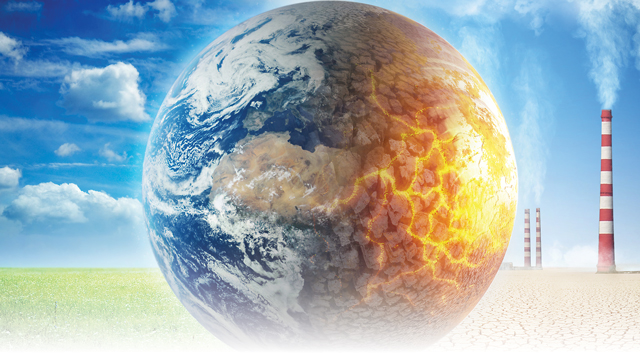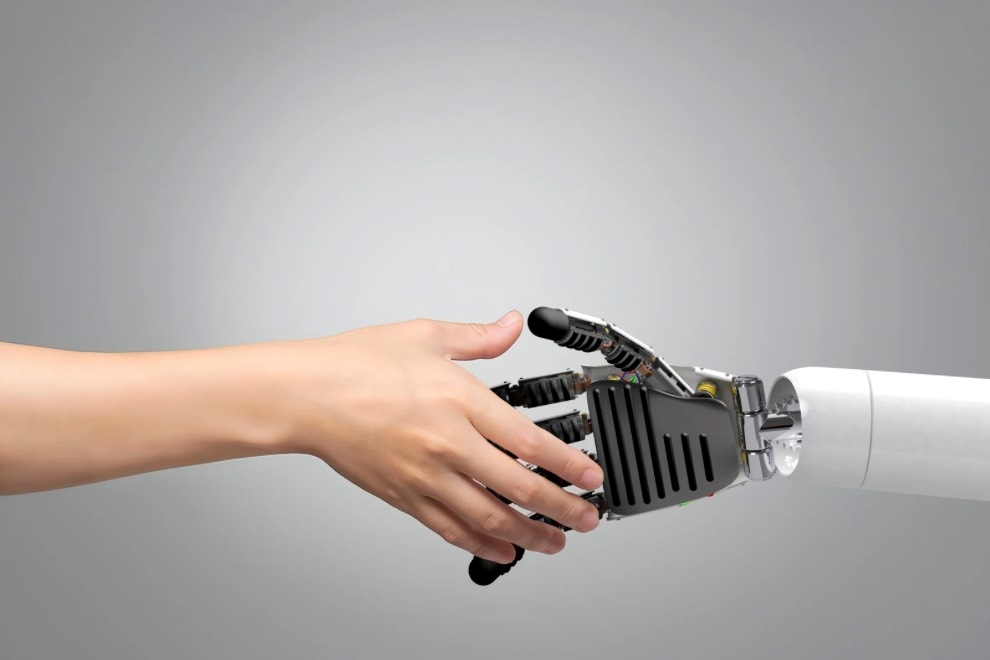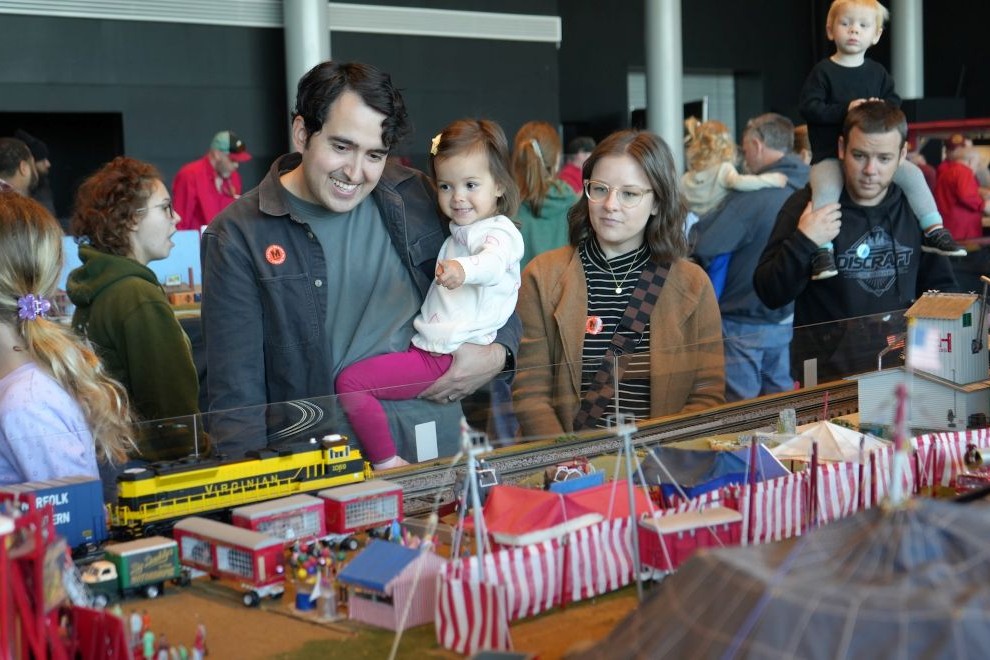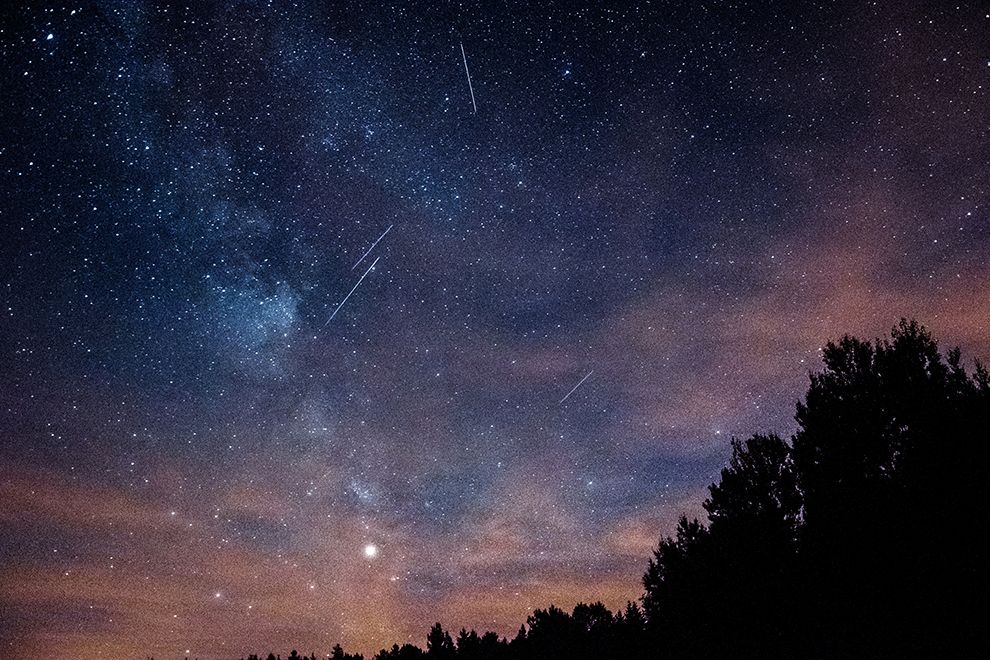This year marks the fiftieth anniversary of Earth Day. For five decades, engaged neighbors have come together to show their support for protecting our planet for future generations. Earth Day themes have focused on such wide-ranging topics as inefficient cars, oil spills, polluting factories, toxic dumps, pesticides, loss of wilderness, extinction of wildlife, renewable energy, and climate change.
A half-century’s worth of public discourse about scientific research related to environmental topics has added a number of new terms to everyday language. As phrases relevant to climate change continue to enter our vernacular, it’s worth exploring what some of the jargon at the heart of those conversations mean.
1. Weather vs. Climate
Weather is the condition of the atmosphere at a particular place at a particular time. Is it rainy, clear, or hot outside? For example, at 3:23 p.m. on Tuesday, February 18, 2020, it was partly cloudy and sixty-one degrees. Your daily outfit usually depends on the weather. The long-term (generally, 30-year) average of atmospheric conditions at a particular place is its climate. In Richmond, for February 18, high temperatures are usually in the low fifties with a slightly better chance for rain (33 percent) than snow. A particular location’s climate usually determines what sorts of clothes we have in our closet. Another analogy is that climate is your playlist, the weather is the song you’re currently listening to.
2. Global Warming vs. Climate Change
When scientists use the term global warming, they mean long-term observed warming of the planet’s atmosphere near the surface over both land and ocean areas. This term was famously coined by the paleoceanographer Wally Broecker in the 1970s. Global warming, then, leads to climate change, which is more nuanced, to indicate how air temperature changes the climate of a given place. For example, global warming will mean a city like Richmond will experience, overall, fewer winter cold spells than it did in the past. This, in turn, will allow certain types of plants and insects to persist throughout the year and new species to be able to colonize our area. Climate change affects more than just the air temperature.
3. Emissions
When you hear about emissions, that generally refers to the amount of heat-trapping gases humans put into the atmosphere by burning fossil fuels like coal, oil, and gas over a period of time. The amount of global warming, and thus climate change, we have seen occurring globally, is directly related to our heat-trapping gas emissions since the Industrial Revolution. Our emissions have steadily increased through time since then, though there are some indications that it may be leveling off. Climate scientists agree that near total reduction of our heat-trapping gas emissions is needed by 2050 to avoid the worst impacts of future climate change.
4. Carbon Footprint
A lot of our daily to-do list and lifestyle choices – driving a car, turning on lights, taking out the trash, flying to a vacation – cause heat-trapping gas emissions. When we add up how much heat-trapping gas our actions create over the course of a year, we can estimate our total carbon footprint. There are website calculators that can help you estimate your household’s carbon footprint. There’s an easy one from the Environmental Protection Agency (EPA.gov) and a bit more complicated one from The Nature Conservancy at Nature.org which shows a graphic at the end about how your household compares to others based on your habits. One way to make a dent in your household’s carbon footprint is to sign up for the 100 Percent Green Power Plan option from Dominion Energy at DominionEnergy.com.
Another way to reduce the number of heat-trapping gas emissions you cause is to eat less red meat and replace meals with vegetarian or vegan options. Meat products have larger carbon footprints per calorie than grain or vegetable products. That’s because livestock rearing is responsible for 18 percent of greenhouse gas emissions. Replacing your beef consumption with chicken for one year leads to an annual carbon footprint reduction of 882 pounds of heat-trapping gas emissions, or the equivalent of a car being driven 1,000 miles.
Finally, you can lower your carbon footprint by reducing the amount of time you spend flying or driving to destinations. Taking the bus or train to get around may be easier than you think. And an unlimited day pass from GRTC gets you into the Science Museum of Virginia exhibits for free! Visit RideGRTC.com for details.
5. Greenhouse Effect
The word “greenhouse” is usually associated with flowers, shrubs, and house plants. In climate science, we’re talking about the atmosphere’s ability to absorb and re-radiate the heat coming off of the Earth back down to the surface, keeping our planet at a relatively comfortable temperature (about 60 degrees) instead of below freezing (seriously, Earth’s temperature would be around zero without it!).
Particular gases in our atmosphere – like carbon dioxide, water vapor, and ozone – are structured in such a way that allows them to absorb and then re-emit heat (infrared) energy. We’re adding carbon dioxide to the atmosphere now at a rate faster than any other natural event over the last 65 million years, intensifying the natural greenhouse effect, trapping extra heat, and causing the Earth’s temperature to rise.
6. Carbon Sequestration
Carbon sequestration is the process of drawing carbon dioxide out of the atmosphere and storing it for long time periods. Its main objective is to limit the amount of global warming and climate change we’ll experience in the future. There are many ways and places to sequester carbon, including reforestation (replanting forests), afforestation (planting trees where it is not currently forested), injection directly into geological reservoirs (collecting it and putting it far underground), and wetlands restoration.
7. Resilience
Resilience in the face of climate change is the ability of a system (e.g. an organization, family, neighborhood, city, or country) to prepare for and absorb the impact of amplified climate stressors, retain the continuity of essential functions during and following an extreme event, and then return to or even exceed baseline functionality in the aftermath of an event. Examples of climate change resilience related to your family might be (1) having a plan for lines of communication among family members before, during, and after an extreme weather event, (2) having adequate amounts of food, water, medicines, and other necessary items to survive for several days after the event, and (3) having the knowledge of, and access to, safe, reliable shelter, and/or resources should personal preparedness efforts fall short or fail.
8. Environmental Justice
Not all communities are impacted by or prepared for the effects of a changing climate in the same way. Environmental justice is the equitable treatment and meaningful involvement of all people (regardless of race, color, national origin, gender, or religion) with respect to environmental regulation. Recent research shows formerly redlined communities – low-income neighborhoods of color that were systematically denied access to forms of wealth in the 1930s and 1940s – have fewer trees, more impervious surfaces (such as asphalt parking lots, roads, and brick buildings), and hotter temperatures during heat waves, among other stressors like poorer air quality. If we try to better understand this connection, and rectify these patterns of inequitable heat exposure in formerly redlined areas, we can expect some of the largest positive impacts associated with actions like greening vacant lots or developing coordinated plans to build climate resilience. Decisions we all make today – decisions that have equity and inclusion top of mind – center around environmental justice.
Just like the founder of Earth Day intended to do in 1970, I hope that better understanding these terms, and how they pertain to your daily life, empowers your family with the information, tools, and messaging needed to make an impact and drive change in our shared community. Remember, your children will be the ones leading the charge for the next fifty Earth Days.





